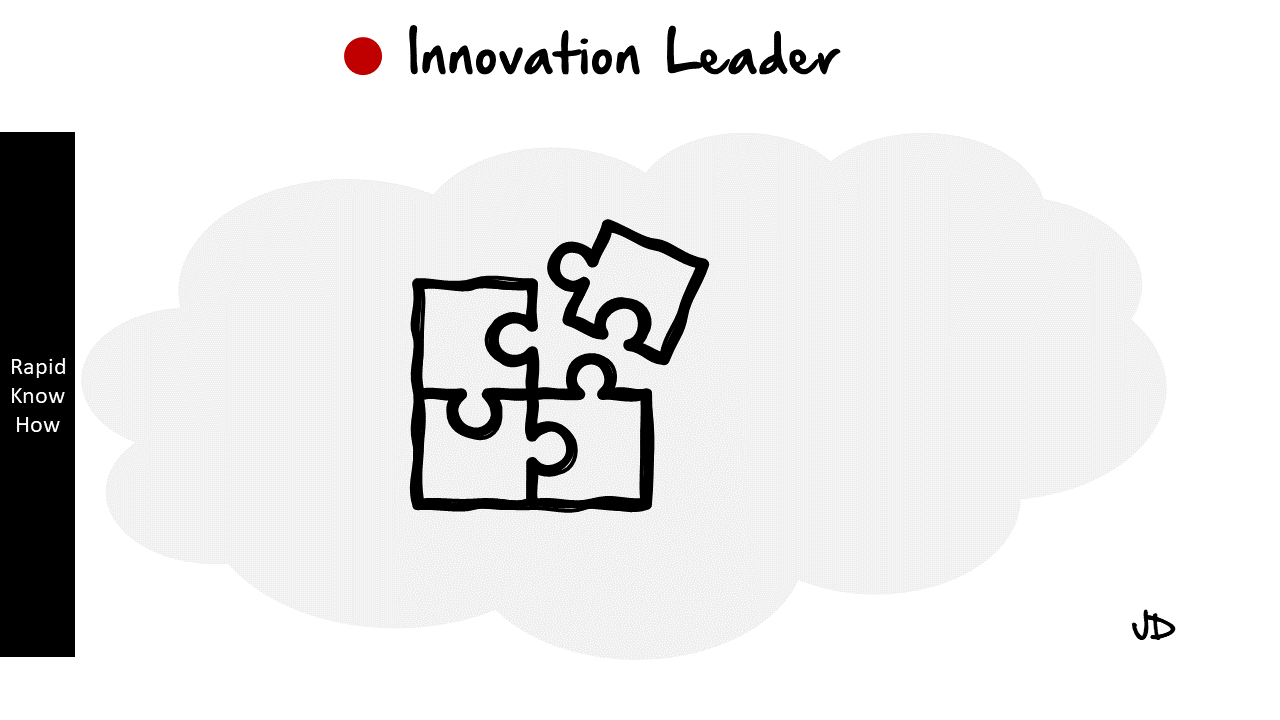Answer:
Illustrating ideas visually is a powerful tool that can help to convey complex concepts in an easily digestible format. It’s a process that involves translating your thoughts and ideas into visual content, such as diagrams, infographics, sketches, or even animations. Here’s how you can do it:
**Idea Illustration**
Idea illustration is all about representing your thoughts and concepts in a visual format. It’s a great way to simplify complex ideas and make them more understandable. Here are three examples:
1. **Flowcharts**: These are excellent for illustrating processes or workflows. For instance, if you’re trying to explain the process of making coffee, you could start with the step of boiling water, then moving on to grinding the beans, and so on until you have a cup of coffee.
2. **Mind Maps**: These are perfect for brainstorming sessions or when you’re trying to organize your thoughts. For example, if you’re planning a project, you could start with the main goal in the center and then branch out into different tasks or sub-goals.
3. **Infographics**: These are great for presenting data or statistics in a visually appealing way. For instance, if you’re trying to illustrate the impact of climate change, you could use an infographic showing the rise in global temperatures over the years.
**Idea Exploration**
Idea exploration involves delving deeper into your thoughts and concepts to uncover new insights or perspectives. Here are three examples:
1. **Concept Maps**: These are similar to mind maps but go a step further by showing the relationships between different ideas. For example, if you’re exploring the concept of healthy eating, your concept map could include related ideas like nutrition, exercise, mental health, etc., all interconnected.
2. **Storyboarding**: This is a technique often used in film and animation but can be applied to any project where you need to visualize a sequence of events or actions. For example, if you’re planning a marketing campaign, you could storyboard the different stages of the campaign from conception to execution.
3. **SWOT Analysis**: This is a strategic planning tool that helps you to identify the Strengths, Weaknesses, Opportunities, and Threats related to your idea or project. For example, if you’re launching a new product, a SWOT analysis can help you anticipate potential challenges and opportunities.
**Visual Discovery**
Visual discovery is about using visuals to uncover new insights or ideas. Here are three examples:
1. **Data Visualization**: This involves using graphical representations of data to see patterns, trends, and insights that might not be apparent from raw data. For example, a line graph showing sales over time can reveal seasonal trends or the impact of specific marketing campaigns.
2. **Mood Boards**: These are collections of images, text, and other materials that represent the mood or feel of a project or idea. For example, if you’re designing a new website, a mood board can help you visualize the color scheme, typography, imagery, etc.
3. **Prototyping**: This is a way of testing out your ideas by creating a preliminary model or sample. For example, if you’re developing a new app, a prototype can help you visualize how the app will look and function before you start coding.
In conclusion, visualizing ideas is not just about making things look pretty; it’s about enhancing understanding, facilitating communication, and promoting creative thinking. Whether you’re brainstorming new ideas, exploring complex concepts, or discovering new insights, visual tools can be incredibly powerful aids.
